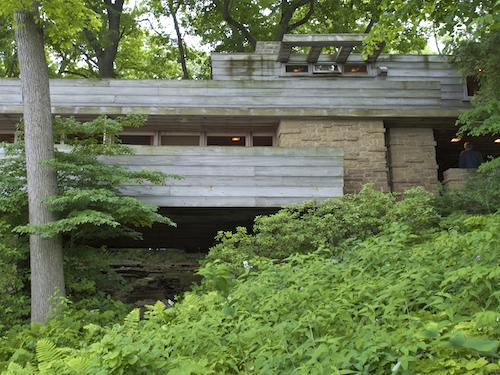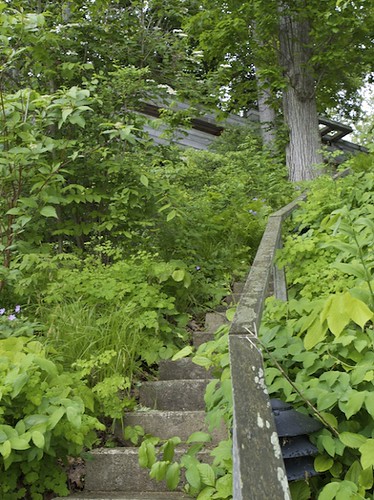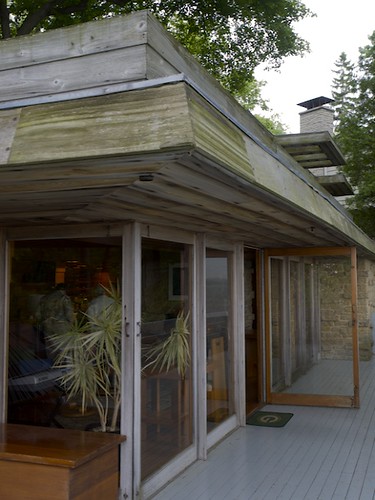
Tramadol Cheapest Online On the Shore of Lake Mendota in Madison
Order Tramadol 100Mg Online The Pew House, designed by Frank Lloyd Wright and built in 1938-40, is seldom available for public tours, so it was with great enthusiasm that I explored this home, inside and outside, during the Wright and Like Tour held last June. Even dodging rain drops for most of the day didn’t dampen the spirit of the day. It was a good day for photographs – no bright mid-day sun – but the home is positioned neatly over a ravine on the shores of Lake Mendota, and taking any kind of photos requires gymnastics and compromises. To get a lake view, I hiked down the path towards the dock, but could never really take a photograph that truly captures the lines and beauty of this structure. There simply wasn’t enough space to get a photo of the entire home, even with my wide angle lens, and vegetation partly hides the part of the home I was able to shoot.
Cheap Tramadol Online Not much of a view from the dock, or from Lake Mendota. The view from a boat would give you no clue that a Wright home was tucked into this hillside.
Order Tramadol Online Cod 180 The home is a two-story Usonian design, unusual but delightfully compact and full of Wright’s built-ins. In one of the small bedrooms, tiny in size, the room worked well because everything was built into the room – bed, desk, storage. No photos were allowed of the interior of the house, but it is full of charm typical of Wright’s style.
I read a delightful story about an interview with Ruth Pew who voiced unhappiness with the home for the first two years she lived there. It seems she felt that Mr. Wright did not take her wants and needs into consideration when he designed the home, and she was nearly ready to put the home on the market. Instead, she decided she would “give the house a year without struggling with it.” And in that year, she discovered that the home had been built not for the woman she was, but for “the woman I could become.” Talk about self-discovery!
The Pew House is referred to as a “poor man’s Fallingwater,” because it was built straddling a ravine (instead of Fallingwater’s stream) and on a tight budget with salvaged materials. According to a docent on the tour, one of the windows in the living room had to be replaced because the faint logo of a local establishment became evident after the house was inhabited.
The Wright and Like Tours are held annually, in a different Midwest city, each June. 2010’s tour will be in Racine, Wisconsin. If you are a Wright fan, it’s a great opportunity to see a half dozen or so buildings designed by Wright and his contemporaries.








